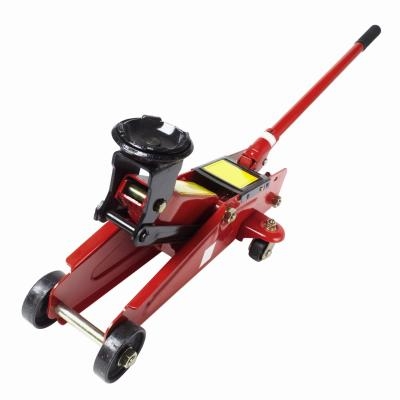
One tool that every home mechanic needs is a quality set of jack stands; these are designed to support a vehicle after it has been raised with the jack. An automotive jack is designed for lifting and lowering only,.and should never be relied upon to support the vehicle. Jack stands allow you to remove the jack from under the vehicle, freeing up space for you to work.
Every jack stand has its maximum weight rating either written or stamped on it; this rating identifies the maximum amount of weight that the stand can be relied upon to safely support. Always check this rating to be certain you do not exceed it.
A jack stand is designed to lock into position; this is accomplished either by an internal block, which is released externally by way of a lever, or by a pin-in-hole arrangement. Be certain that the jack stand locks into place solidly before you use it to support the vehicle.
Jack stands typically have a base that is welded onto its main body. Before each use, check these welds carefully to ensure that they are not cracked or separated. One clue to a broken weld can be separated paint at the welded joint; this indicates that the material beneath has shifted and is potentially dangerous.
If a jack stand has been subjected to weights that exceed its capacity, it can bend at the base. This occurs when the locking mechanism holds, but the -- often weaker -- base plate does not. Extend the unladen jack stand to its maximum length and observe it for straightness. There will naturally be some amount of movement between the base section and the extending section, but the unit should not be obviously bent. A bent jack stand will not contact the frame of the vehicle squarely, which could cause it to slip under load.